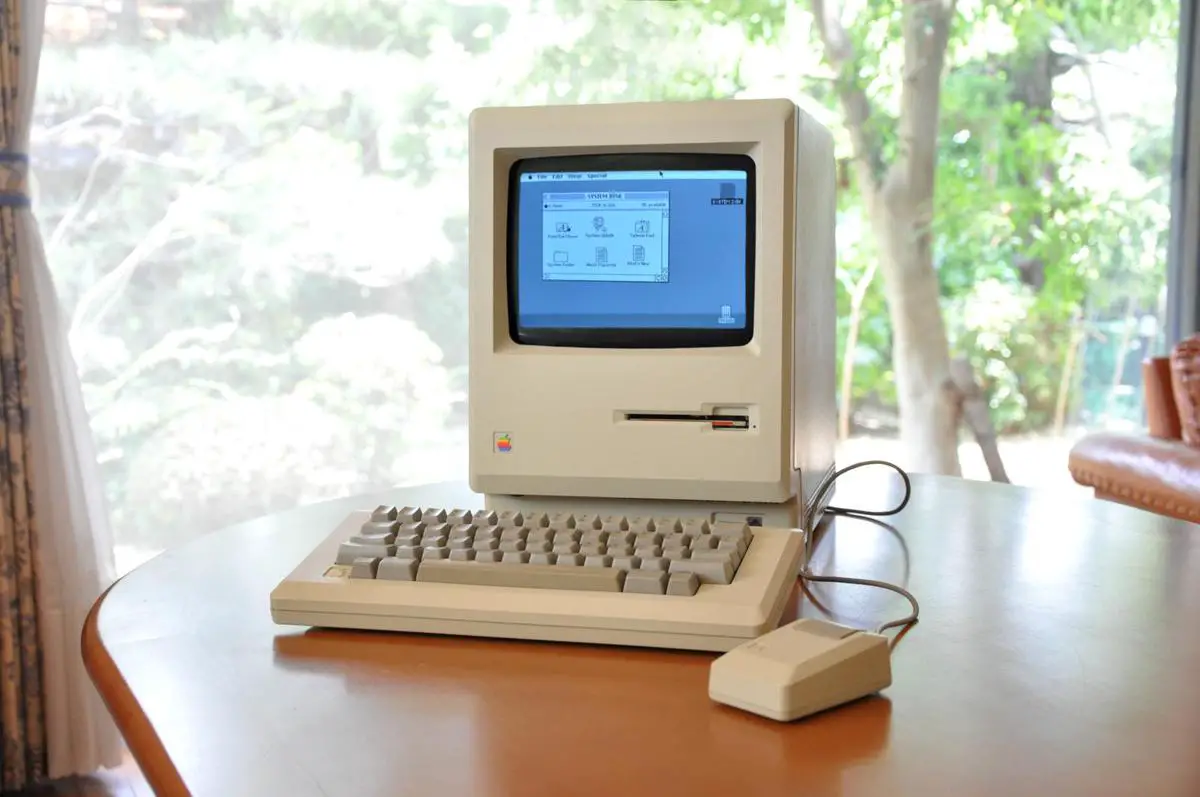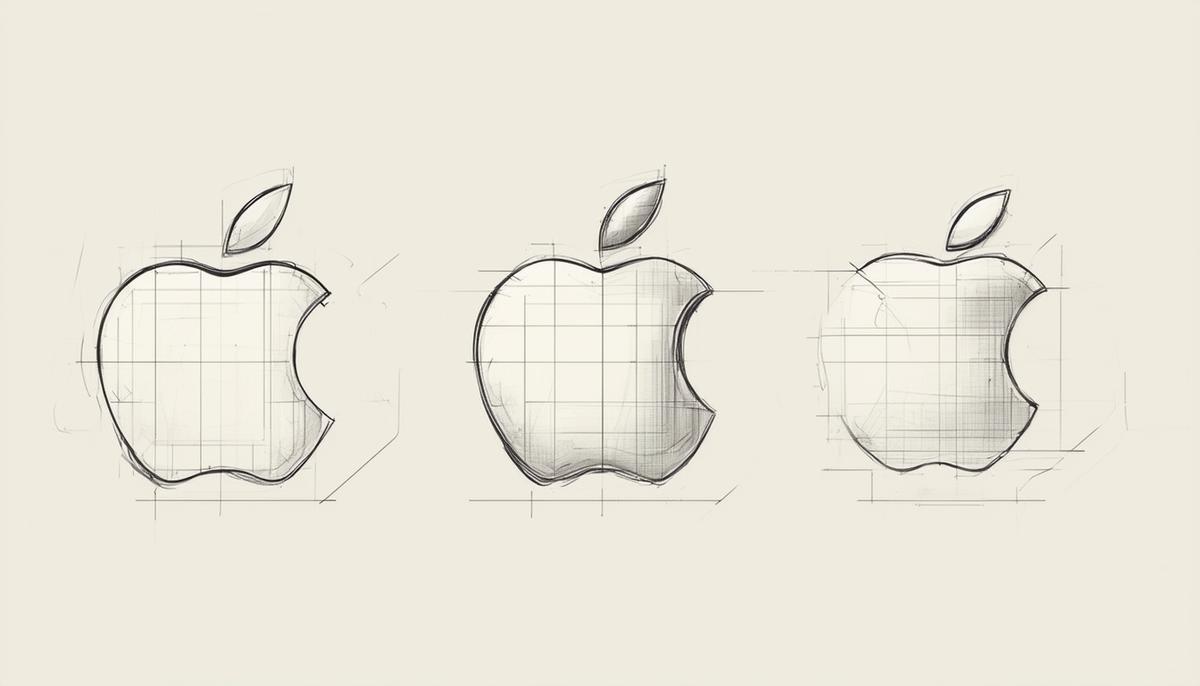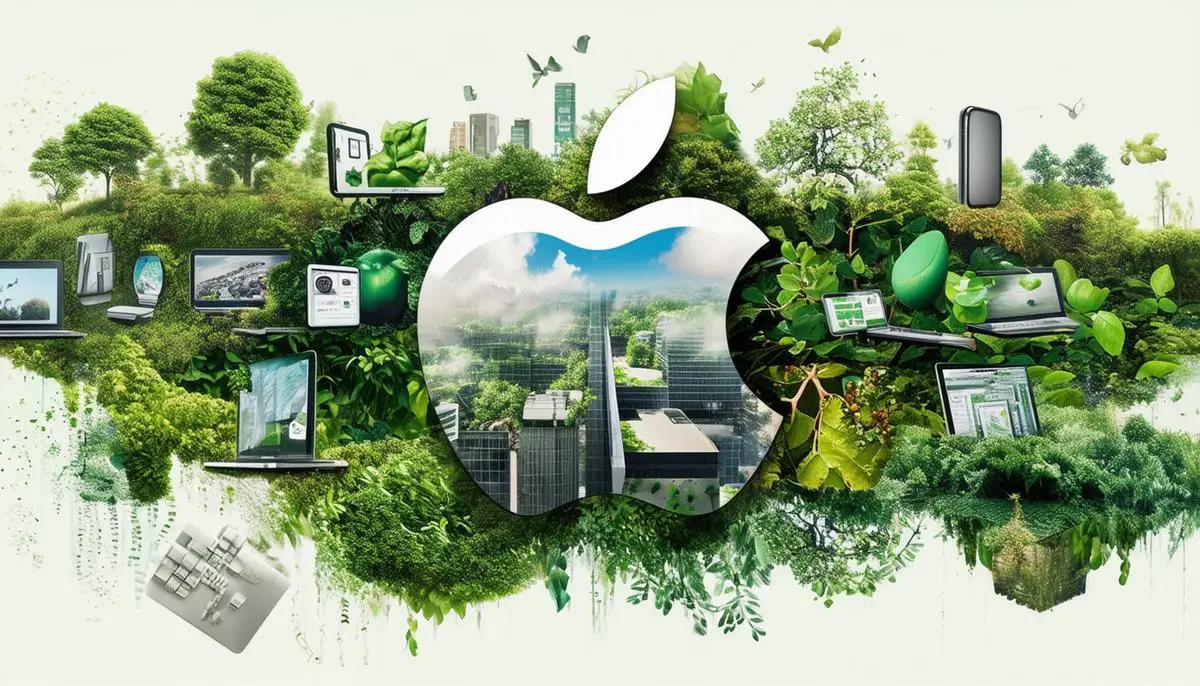Apple's history showcases its relentless drive for innovation. From the early days of the Mac to the revolutionary iPhone, each product has redefined its category. This piece will take you through Apple's journey, highlighting key milestones and offering insights into their unique approach to product development and organizational design.
Historical Innovations
Apple has a knack for shaking up entire industries with its product innovations. The Mac in 1984 was the first commercially successful computer featuring a mouse and graphical user interface, changing how people interacted with machines. It was another nail in the coffin for the yawn-inducing command-line interfaces of yesteryear.
Then came the iPhone in 2007, a pocket-sized revolution merging a phone, camera, GPS, and countless other gadgets into one sleek device. Suddenly, countless everyday devices were rendered obsolete. Who needed a standalone GPS, MP3 player, or alarm clock anymore?
Key Apple Innovations:
- 2001: iPod – Redefined the music industry
- 2010: iPad – Blended the best of laptops and smartphones
- 2014: Apple Watch – Ventured into wearables and health tech
- 2016: AirPods – Freed us from tangled earbud wires
And if we peek into the pipeline, we find Apple TV and the much-rumored Project Titan, a self-driving electric car. While the current iterations of Apple TV have faced their own battles, they still hold a competitive edge in streaming services.
The sustainability angle has also seen Apple flex its innovative muscles. With goals like running all operations on renewable energy and creating more eco-friendly products, Apple leads in environmental responsibility.
"Whether it's reshaping how we work, communicate, or entertain, Apple has a knack for setting trends rather than following them. Every new release makes waves, reminding us why they're nestled at the top of the tech world."

Apple's Product Development Process
Step inside Apple's world of product creation, where every line of code, every curve of design, and every pixel of the user interface are carefully curated. It's an almost mythical place, shielded from prying eyes with a level of secrecy that would make even a magician jealous.
At the heart of Apple's product development process is design. The Industrial Design Studio, led by a group of creative wizards, operates with design autonomy. These masters work without the constraints of mundane budget oversight or manufacturing tedium, fueled purely by their creative instincts.
Apple's Product Development Stages:
- Design blueprints sketched
- Design teams isolated for focused work
- New Product Process document created
- Weekly executive team reviews
- Engineering and supply management take over
- Iterative prototyping (4-6 week cycles)
- "Packaging Room" unveiling
- "Rules of the Road" document for commercial rollout
Iteration at Apple isn't just a suggestion; it's a doctrine. The developmental loop resembles a frenetic dance where prototypes are born, tested, critiqued, and reborn, over and over again. The cycle lasts 4-6 weeks, often repeated until the product is polished to Apple's impeccably high standard.
Apple's process, a blend of secrecy, obsession, and relentless iteration, has spawned gems like the iPod, iPhone, and iPad. It's a symphony of controlled chaos, producing products so fine-tuned, they become life companions.

Organizational Design and Leadership
Apple's organizational structure is built on a functional model, where each branch specializes in a particular domain. Unlike traditional business unit structures, Apple's approach is less about silos and more about synergy.
In this function-first model, domain-specific experts wield decision-making power within their respective areas. Engineers create, marketers strategize, and designers innovate, all collaborating seamlessly without stepping on each other's toes.
Apple's Leadership Characteristics:
- Deep expertise: Specialists over general managers
- Immersion in details: Knowledge three layers deep
- Collaborative debate: Fostering a culture of constructive discussion
This functional model, with its deep wells of expertise and a penchant for detail, creates a fertile ground for revolutionary ideas to flourish. The decision-making process is streamlined; the right people have the right information to make the right choices.
Mission, Vision, and Core Values
Apple's mission, "to bring the best user experience to customers through innovative hardware, software, and services," guides every innovation and decision. Their vision, "to make the best products on earth and to leave the world better than we found it," propels the company forward.
Apple's Commitment to Accessibility and Environment:
- "VoiceOver" feature for visually impaired users
- Braille display support
- Goal of carbon neutrality by 2030
- 40-megawatt solar project in China
The Apple Watch has evolved from a nifty wearable to a potential life-saver. Features like fall detection and heart rate monitoring have turned the Watch into an almost indispensable health device.1
ResearchKit and CareKit platforms transform ordinary Apple devices into tools for medical research and patient care. ResearchKit has enabled large-scale studies on diseases like Parkinson's, while CareKit helps patients better adhere to treatment plans.2
In education, Apple's partnership with ConnectEd provides underserved communities with technology and resources, transforming classrooms into tech-savvy learning environments.
In each product and initiative lies a passion driven by Apple's core values. Whether it's the carefully crafted design details or the cross-functional debates that perfect every pixel, these values consistently push Apple towards the horizon of what's possible, turning lofty goals into astonishing realities.

In every Apple product lies a blend of precision, creativity, and an unwavering commitment to excellence. Their mission goes beyond mere technological advancement; it aims at creating products that enrich lives while pushing boundaries. As you hold an Apple device, remember it's not just about cutting-edge tech but also about a vision that continually reshapes our interaction with technology.
- Isakadze N, Martin SS. How useful is the smartwatch ECG? Trends Cardiovasc Med. 2020;30(7):442-448.
- Dorsey ER, Yvonne Chan YF, McConnell MV, Shaw SY, Trister AD, Friend SH. The Use of Smartphones for Health Research. Acad Med. 2017;92(2):157-160.